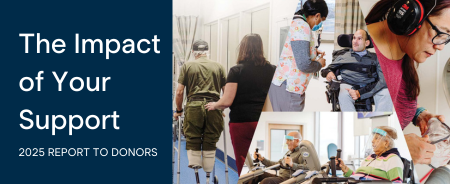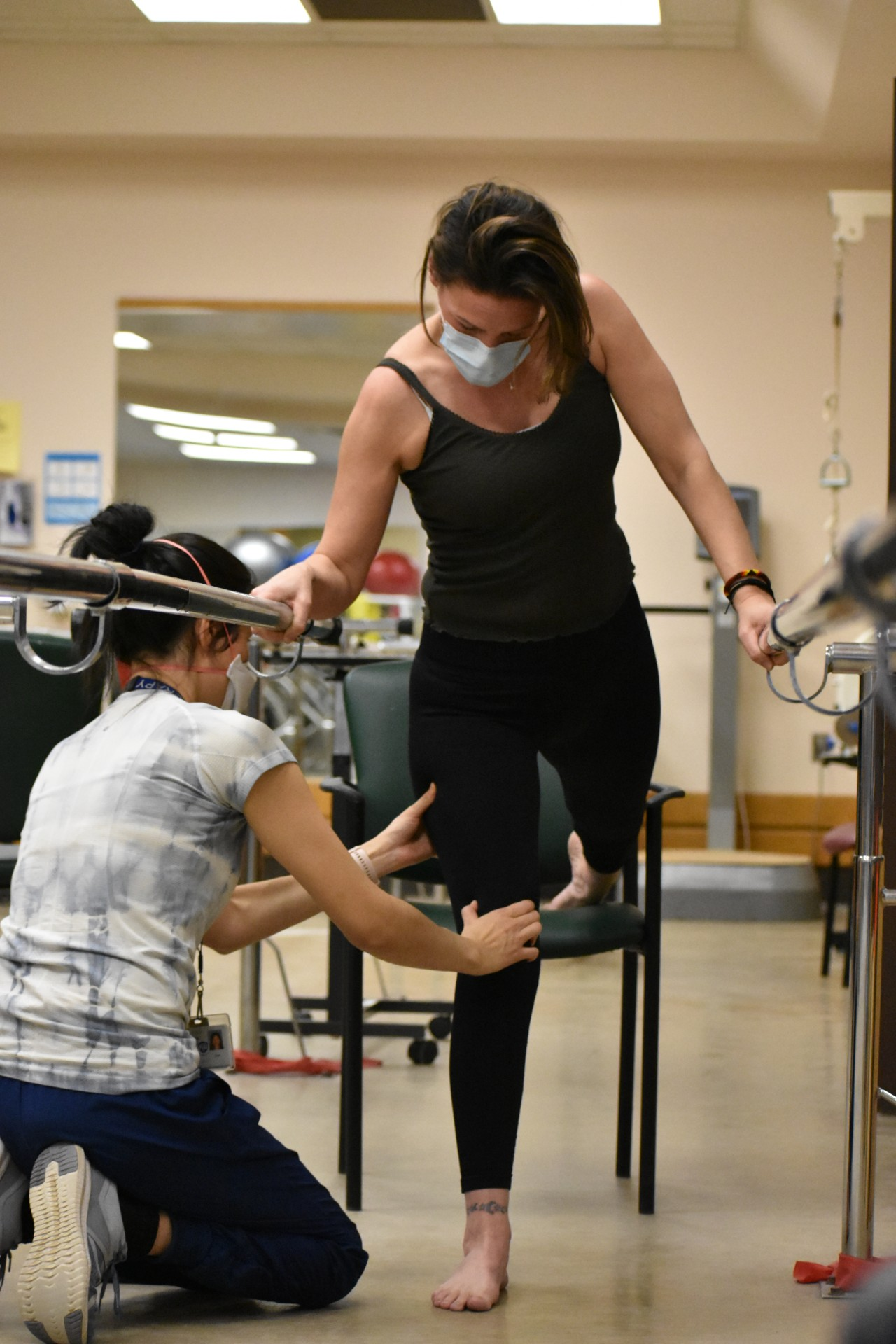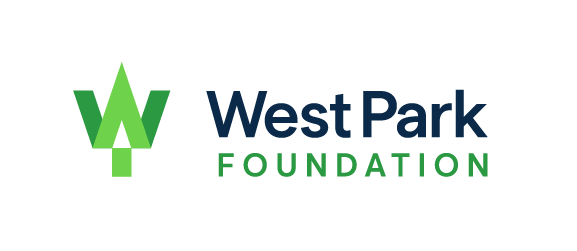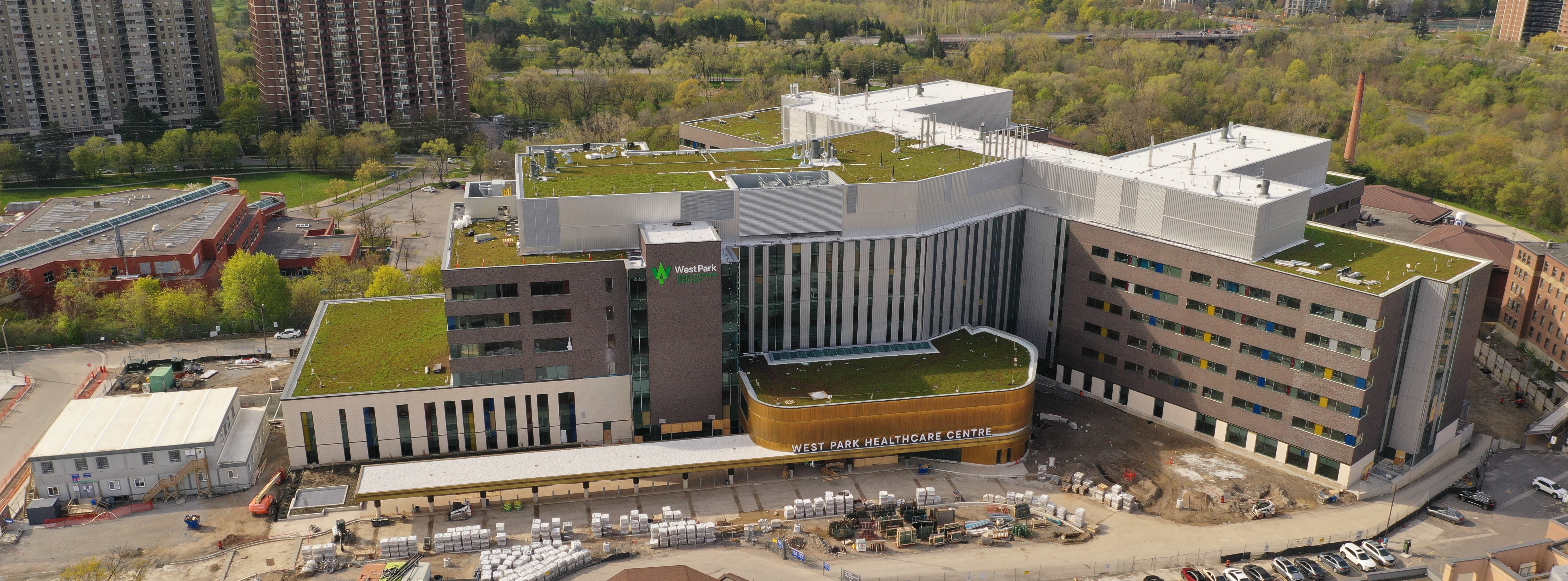
Helping People Breathe Better … the COVID pivot and beyond
Helping People Breathe Better … the COVID pivot and beyond
Unable to offer in-person pulmonary rehab during the pandemic, UHN’s West Park team developed an innovative virtual program that is changing everything.
When COVID hit, the team at West Park’s renowned pulmonary rehabilitation program was faced with a dilemma. The program was important to their patients but not deemed essential care during pandemic restrictions. In any case, there was no question of patients with long-term breathing challenges coming to the hospital.
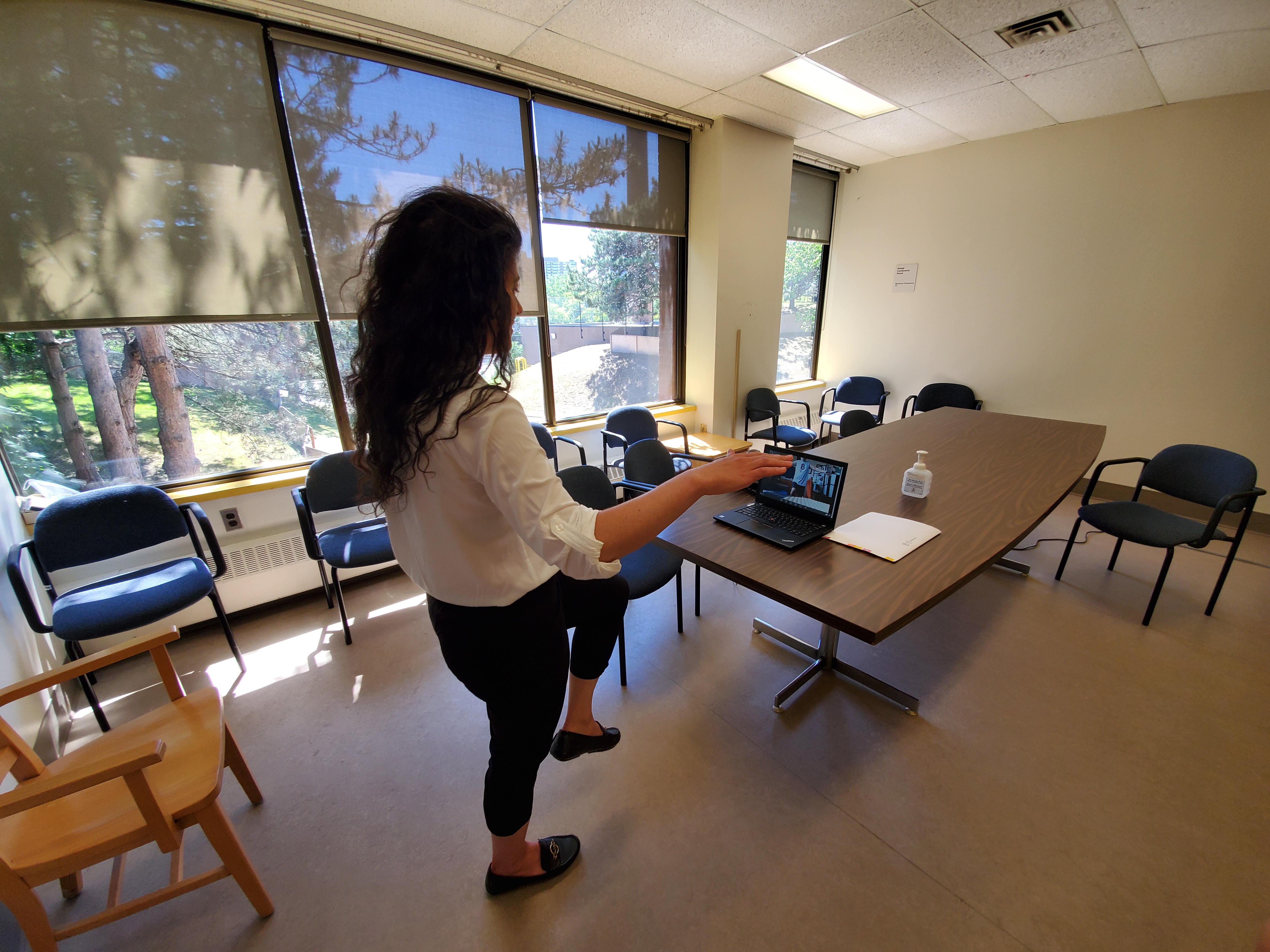
rehab session.
So, the team did something truly remarkable—they developed and transitioned to a fully online program. The innovation was such a success that a hybrid version is now part of West Park’s offerings and the subject of ongoing research that will inform best practice across the country and beyond.
Physiotherapist Cindy Ellerton admits the transition wasn’t easy. “We weren’t used to assessing patients remotely, teaching online, and communicating with patients by email,” she says. “We also had to think about how we could get people exercising at home without the equipment we use in the Centre, and what technology platform to use.” Privacy and emergency planning were issues too. Thanks to West Park’s international reputation, Ellerton was able to consult with centres across Canada and in Australia and the U.K. that were dealing with similar questions.
The benefits were immediately clear. The online program expanded the geographic reach of the West Park pulmonary rehabilitation program and made it easier for working patients to fit rehab into their schedules. After COVID, West Park has continued to offer online programs, although it now includes pre-and post-program visits to the hospital for assessment.
Lee Verweel, Manager of Research and Innovation at West Park, led the first study to look at the success of the virtual program. He interviewed patients and healthcare providers for the study, which recently appeared in Respiratory Medicine. He says a number of factors—more user-friendly software, more acceptance of videoconference technology, and the necessity of the pandemic—came together to create a “magic solution” with many ongoing advantages. “It’s not necessarily a one-size-fits-all approach,” he says, but is an important addition to in-person rehabilitation programs.
Another research project focused on the experiences of other centres that pivoted to virtual programs. A survey revealed that while several different technologies were chosen, most centres used synchronous videoconferencing and eventually moved to hybrid models.
When it became clear that there was no comprehensive database of pulmonary rehab programs in Canada for people to know where to go for care, the West Park team partnered with Lung Health Foundation to fill the gap. Later in 2025, the information will be available to patients and providers on Lung Health’s website, searchable by postal code to help people find a program close to home.
“It was an awakening,” says Ellerton about the pivot to online rehab. “We had never even considered virtual before the pandemic.” Verweel adds, “This was a huge shift for everyone. The research is a way to understand the changes and what they mean for best practice. By combining clinical excellence with the academic rigor that West Park is known for, we can help improve the health system overall.”
